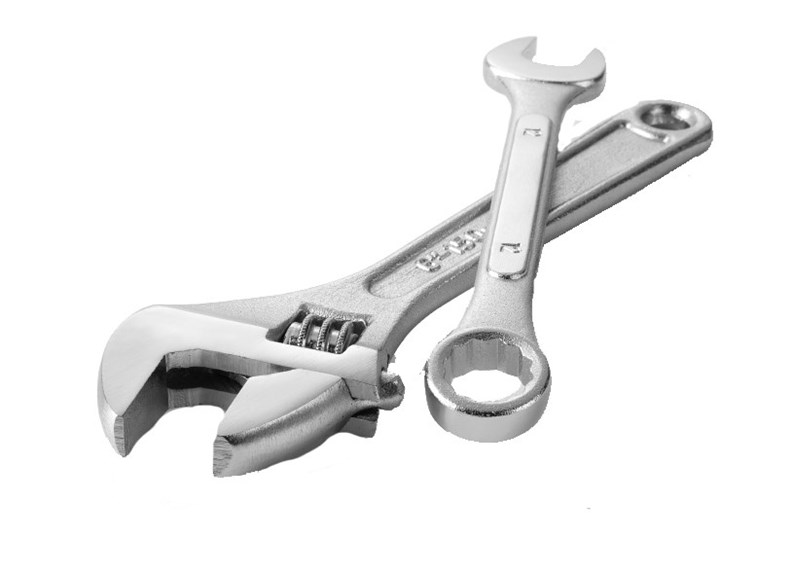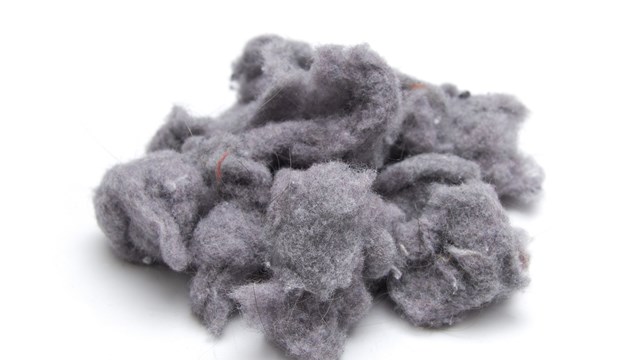In the midst of all the sunshine and warm temperatures of late summer, it seems cruel to have to acknowledge the coming of winter. In a city where our warm days are limited to a precious few months of the year, it’s tempting to ignore winter until it comes up and bites you.
When we are finally forced to dig out our cold-weather gear and crank up our heating system, we hope that all components are in good working order. Proper provisions must be made well in advance of freezing temperatures to ensure that all exterior and interior components of the building are sound and in working order.
Out in the Cold
A building’s exterior walkways, roof and outer walls are your building’s first line of defense against frigid temperatures. Sidewalks and walkways should be monitored throughout the year and their good condition maintained. Wayne Bellet, president of Bellet Construction in Manhattan, suggests checking sidewalks for eroding expansion joints. (That’s the part of the sidewalk that gets uneven, catching high heels and scuffing wingtips). Keeping these joints in good condition ensures that moisture doesn’t invade the joints and cause the sidewalk to crack. Bellet also advises checking the seam where the sidewalk abuts the building, as well as the building’s masonry itself. The joints around brickwork should be checked for erosion and flaking. The expand-contract-expand cycle that goes on all winter long as moisture in the bricks freezes and thaws can loosen masonry, causing it to break loose and fall. Simple inspection can identify potential problems, possibly saving someone from serious injury–and your building from serious legal action.
Local Laws 10 and 11 require that a building’s façade is professionally examined every five years for freeze-and-thaw damage. According to Bellet, three main factors are responsible for most wear-and-tear on a building’s façade and rooftop: extreme temperatures (hot or cold), moisture, and ultraviolet rays. "Sometimes the UV rays are stronger in the winter and actually cause thermal shock. This causes the roof and other areas to age quickly," Bellet explains. "Ideally, checking (these areas) twice a year would be best," Bellet says, "due to Mother Nature’s freeze and thaw cycles."
"[A building’s] roof should be inspected, looking for punctures, cracks, or bubbles in the roofing membrane, torn flashing, or deteriorated mortar between the capstones of the parapet," says Dick Koral, director of the Apartment House Institute at New York City Technical College, and secretary/treasurer of the Super’s Club of New York. According to Koral, your superintendent can usually fix these problems–unless the damage is extensive, in which case a roofing contractor should be hired. Koral also recommends weekly sweeping to prevent rooftop drain clogs because, "if the building is low and surrounded by trees, leaves accumulate."
Fire in the Hole
One of the most important pre-freeze preparations to be made is a thorough examination of your building’s boiler. Proper boiler maintenance is key to ensuring a comfortable winter. "Check the heating ahead of time," says Vincent Clerico, vice president of sales and marketing for Heat-Timer Corp. in Fairfield, NJ. Clerico suggests running the heating system for an hour or so in August or early September to make sure the system is running, and to check the traps and vents for leaks or other malfunctions.
When a heating system is checked before the onset of cold weather, any necessary repairs or maintenance can be done at a reasonable rate. Waiting until there’s snow in the air to find out your heating system is on the blink is guaranteed to result in discomfort for residents and a truly chilling repair bill because, according to Clerico, boiler repair companies are busier–and the price of repairs higher–during the peak winter months.
Short of replacing a burnt-out boiler, your building may move to reassess its current source of heat. "A soot-filled boiler will eliminate efficiency," says Bill Jebaily, owner of Aggressive Heating in Bay Ridge, Brooklyn. Jebaily recommends considering a number of factors when prepping a building’s boiler for winter. Prior to the cold season, all boilers should be vacuumed and inspected for corrosion and leaks. For maximum efficiency, Jebaily advises replacing leaky tubes–not just plugging them for one more season. Once the boiler is cleaned, the burner service company should perform a thorough overhaul, beginning with a complete breakdown of the oil burner. All lube and compressor oil should be changed, and worn parts, bolts, bearings and seals should be inspected and replaced to reduce the risk of a problem during the heating season. "The water in the boiler should be chemically treated to protect the water-side of the boiler," Jebaily says. This will protect the metal from corrosion and oxidation, increasing heat transfer and extending the life of the heating plant.
Finally, Jebaily advises that your boiler room be kept clean and properly ventilated and the boiler room door dust-free. The reason for this is simple; " Your burner’s efficiency relies on air," says Jebaily. " The more air a burner can mix with your fuel, whether oil or natural gas, the more efficient the combustion."
According to Koral, if one or more rooms of your apartment are chilly when it is very cold outside, you might be best served by simply notifying building management. "The problem is usually an unbalanced heating distribution system, a problem with a particular radiator or convector. An air vent valve may need to be replaced or a steam or hot water inlet valve is immovable."
If you find that you have to open your windows in December to get some relief from the heat, your building’s heat timing controls may be set on "bypass mode". This basically sets your building’s boiler on continuous heat, explains Clerico. Companies like Heat-Timer Corp. manufacture thermostat apparatus that control the amount of heat released into the building. Clerico says that many boilers in older buildings have controls that date back to the 1950s and 60s. These older systems are relatively efficient when distributing steam in truly frigid temperatures, but when the temperature is milder–between 40 and 50 degrees, for instance–the building becomes intolerably hot. Opening windows relieves the heat, but is an incredible waste of energy and money. Today’s thermostat controls monitor the temperature outside the building. When it is cold, the boiler runs longer. When it is milder, the boiler runs for a shorter period. Maybe something as simple as upgrading your building’s heat-timing system will cut down on the extremes in temperature and cost.
Master of Your Domain
There are many simple things you can do within your own apartment to prepare for winter. According to NYSERDA, drafts can be minimized by insulating windows, as well as closing curtains to keep more cold air out.
To check the caulking surrounding your windows, Bellet suggests sticking your fingernail in the caulk. If it is soft, the caulk is fine, but if it is hard or shows resistance, it probably needs replacing.
Koral suggests a simple method of checking for window drafts within apartments: Drape a piece of thin plastic over a hanger (the wrapping from your dry cleaners works well). Move it around in front of every tightly closed window in the apartment. According to Koral, "The slightest breeze coming from the outdoors will cause the plastic to sway, indicating that, in winter, cold air will enter the room and cause discomfort," He suggests having maintenance plug the leaks. Koral continues, "A new weather-stripping, or repair to the window lock may be the cure." This test can also be performed in front of air conditioners mounted in the windows or walls. The space between the unit and the wall can be caulked if there’s a draft. Koral suggests purchasing interior covers for AC units and making sure that the ventilation knobs are set to the "close" setting during the winter.
The importance of conducting a pre-winter appraisal of your building’s grounds and equipment should not be underestimated. It is always easier to take care of small problems before they become colossal headaches. When repairs need to made, call in the professionals without hesitation. "Always replace old materials with the best materials available," says Bellet. By taking preventative steps before the weather turns and by bringing in professionals where needed, you can significantly reduce the cost of keeping cozy come winter. In the long run, vigilance and pre-emptive measures equal not just cost-effectiveness, but also peace of mind.
Ms. Terrell-Ernest is a freelance writer living in Queens.







Leave a Comment